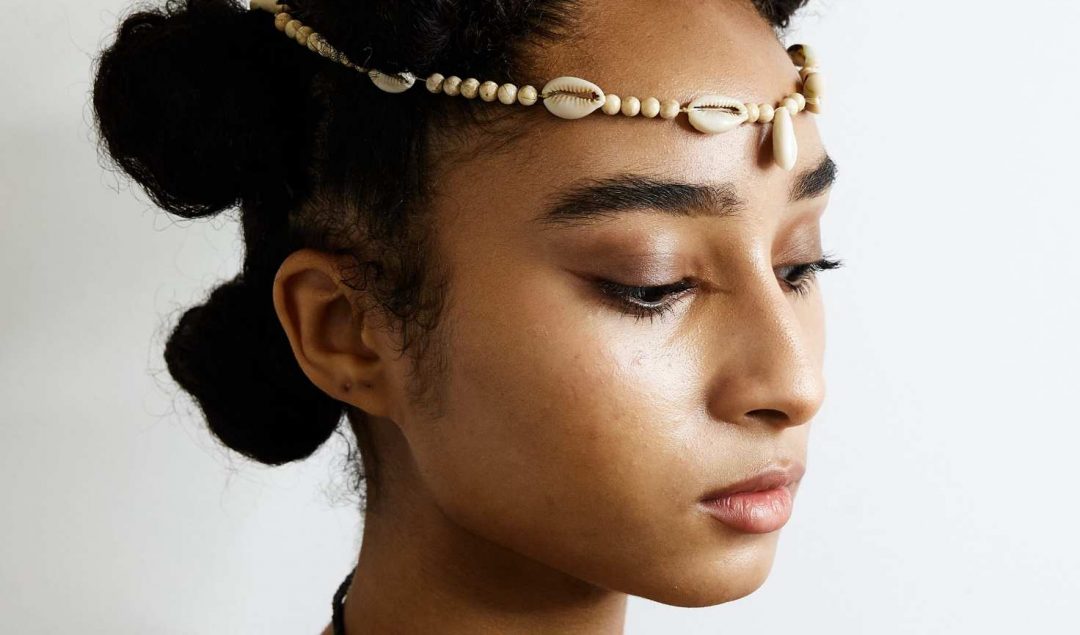How These Black Creatives Are Cashing In On NFTs

From Memes, gifs, dances that go viral, and tweets—Black innovation and creativity have a significant impact on pop culture and mainstream trends. It’s Black creativity that sets cultural trends yet our innovation is constantly exploited. Earlier this month, Black Tiktokers went on strike refusing to make new dance content as their dances were ripped off and copied without recognition or compensation for their creativity.
Can NFTs be the tech that enables the Black community to receive appropriate financial compensation for the work they create? This article will showcase how some Black artists use NFTs to make Black art visible and protect their creativity.
How do NFTs work?
NFT, (which stands for Non-fungible token) is a digital asset. NFTs are bought and sold online, frequently with cryptocurrency. Most NFTs are part of the Ethereum blockchain, and the tech is being used to sell digital art. (gifs, memes, tweets). NFTs are becoming an increasingly popular way to buy and sell digital artwork, aka crypto art. NFTs are creating digital scarcity yet providing artists and content creators a unique opportunity to monetize their work.

Celebrities including Snoop Dogg, Diddy, Jay-Z are all jumping on board this NFT craze. For example, Ja Rule sold an NFT of the Fyre Festival logo. In addition, Jack Dorsey sold the first-ever tweet as an NFT. NFTs are becoming mainstream and one of the hottest commodities globally, eclipsing $2 billion in sales in 2021 already.
Digger deeper —How are Black artists using NFTs to monetize their creativity?
In 2018, artwork by Black artists accounted for just 1.2% of the global art auction market. However, NFTs can have a significant impact on Black art. They enable artists/creatives to build in royalties for the initial and future sales. So, each time the NFT is sold, the original creator of this earns a percentage of the sale. This is a huge positive in solving the problem that Black artists have faced for years.
“As a Black artist, NFTs means leveling the playing field and taking the keys away from traditional gatekeepers in the art world. It is also a way for me to uplift my community through creativity,” NFT artist Andre O’Shea tells CoinDesk.
As posts are shared thousands of times across platforms, the initial creator can often be forgotten. However, turning a post into an NFT allows a creator to monetize their creativity and receive compensation for their original content Since the emergence of NFTs, artists are using new platforms to “tokenize” their artwork and sell these unique tokens to art collectors. According to recent data, between January and November 2020, just 58 Black crypto artists sold “a combined 513 pieces of crypto artwork for 1,132 ETH (total market value of $736,000).
After years spent watching Black artists lose out on profits, rapper Waka Flocka wanted to do something about it. Last year, Waka Flocka announced he’s partnered with Satoshi Art, an NFT marketplace owned by people from underrepresented communities. His mission: to ensure all artists are recognized for their creativity. The platform will educate and provide underrepresented creatives with a global platform for NFT deals to achieve financial freedom and two-tier ownership.
A US-based company Jadu launched an auction to sell the dancing holograms as NFTs on Juneteenth to honor the Black creators. Holograms of three viral TikTok dancers were auctioned off to compensate and recognize the Black creators behind them. By auctioning these holograms as NFT, Jadu will pay the creators of these viral content by immortalizing them in the physical world through digital means.
Black NFT Art is a media and community run by creative agency Umba Daima. It is building a community around Black artists and collectors empowering Black people in the NFT space, amplify Black leaders & artists in the NFT space.

Diana Sinclair is the 17-year-old award-winning artist, photographer, activist, and now curator behind “The Digital Diaspora,” a Juneteenth art exhibition and fundraising NFT auction celebrating the work of Black artists. Diana created the exhibition to provide more visibility to Black art in the NFT space —a space that historically lacks equity.
In Nigeria, crypto art is taking off. Nigerian artist Osinachi Osinachi’s art pieces have done extremely well in this emerging market, and he is known as the most famous crypto artist in Africa. In 2017, he discovered he could sell his artwork directly to buyers using a blockchain – where a record of NFT ownership can be stored. Many creative minds and entrepreneurs in Nigeria are inspired by his success and calling it a ‘revolution in the art space.’
Can NFTs level the playing field for Black artists?
“The Black NFT art space has opened up a new world where crypto and creative minds come together… This is just the beginning, and I believe the Black creative community will be the leaders in the space for years to come,” author of Bitcoin in America, Isiah Jackson tells CoinDesk.
The future of NFTs is still uncertain, and NFTs place in tech evolution will continue to be debated. However, as NFTs are allowing black creatives an avenue where they can protect their work and monetize their creativity. Therefore, NFTs are a step towards a more equitable ecosystem.



